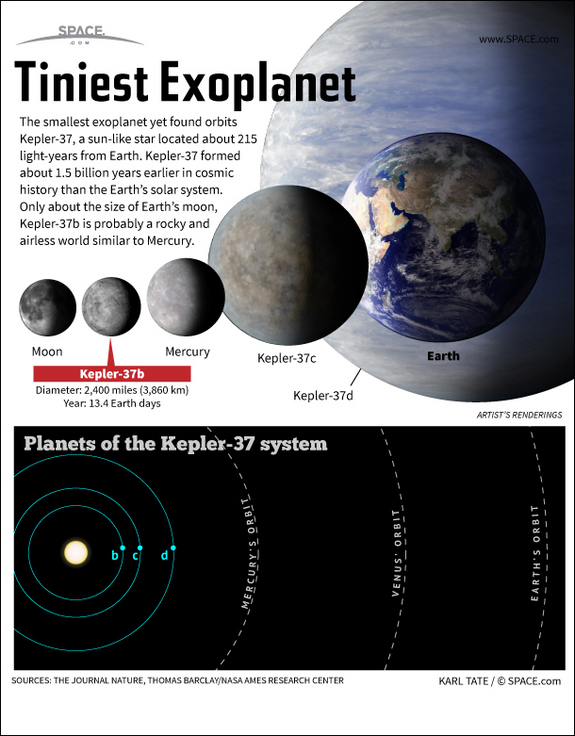The smallest “exoplanet” in record is routinely being broken, as astronomers get better and better at finding them.
Planets are like newborn mammals. They stay close to their stars/suns and does not look exactly similar to one another. There are the big ones, the medium and the tiny planets. It is often that the tiny ones are the cutest ones. Late last week, a new planet has been discovered and is being gushed around the news as truly adorable for its little size.
The scientists over at NASA were very excited over the discovery of a tiny, faraway planet. A planet in which they had never seen any other smaller than it, either inside or outside of our home solar system. Usually the telescopes over at NASA only registers monster sized planets as big as the planet Jupiter. The sighting of this planet took some luck not because the telescope lacked the right amount of sensitivity but because stars twinkle in a brightness of their own (for example our sun whose flares keep its light output form being absolutely constant). Little planets block less light compared to bigger ones, and in the case of this new planet, the dimming is very subtle (over two-tenths of one percent). It has the size of our planet Earth’s moon and celebrates new year every thirteen days as it completes its orbit around a star that is smaller than our sun star. Thomas Barclay, lead author of the papers of the planet’s discovery struggles for the fitting adjective so he just stated that the planet “is absolutely tiny.” This newly discovered planet is named Kepler-37b. Its diameter is about 3,860 kilometers or 2,400 in miles which makes it about ten percent bigger than our planet’s moon. Scientists state that Kepler-37b is too alien and antagonistic to inspire the idea of supporting life it its surface, since in terms of hotness, has similar degrees as of the planet Mercury. With the planet Kepler’s close proximity to its star, any water on the surface will disperse rapidly.
The rocky and blistering planet was discovered from a part of NASA’s Kepler Mission. The Kepler Mission explores other solar systems to find comparable planets to the planet Earth that is under the habitual zones of their stars wherein the possibility of life and water can exist.
I think it’s an amazing technological achievement to be able to be able to detect small rocks like this. It means we’re really in the arena where it’s possible to detect all the planets of our Solar System, but around other star ” said Francois Fressin to BBC news who is co-author of the paper based at the Harvard-Smithsonian Center for Astrophysics. The scientists say they can report with “a confidence of 99.95 percent” that the little rock planet is actually a planet and not just a mistake they made.
Doctor Fressin states “I understand that people could get bored by these successive announcements, but hundreds of thousands of years from now, this will be remembered as the decade where discovery of other worlds of all kinds has been made possible.”
